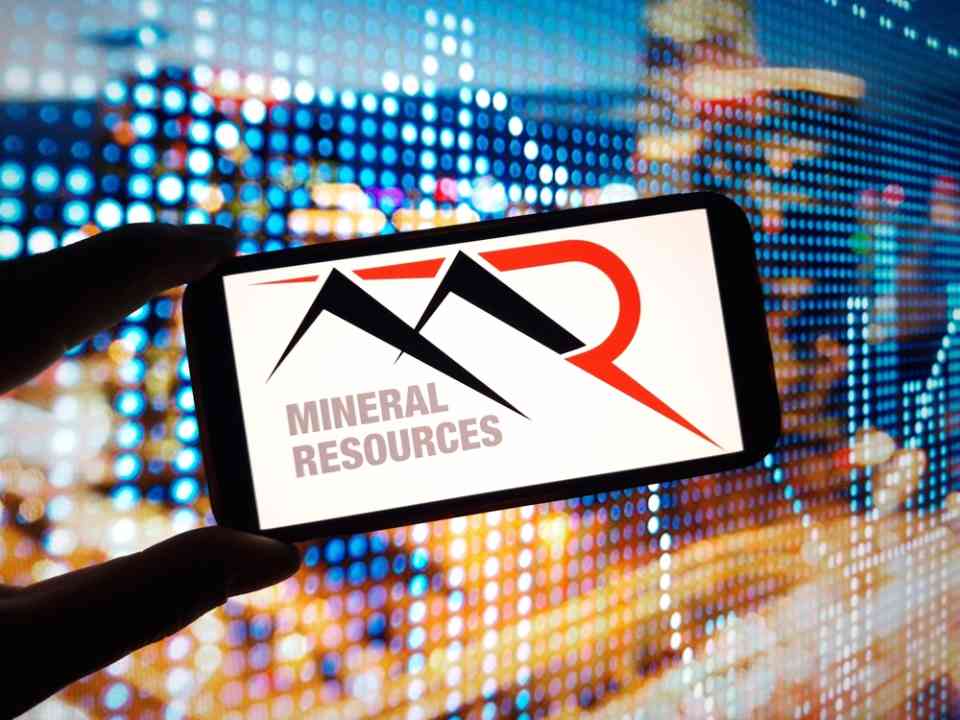Australian Mining Richest Gina Rinehart and Andrew Forrest: The Billion-Dollar Rivalry Intensifies

The longstanding rivalry between mining magnates Gina Rinehart and Andrew Forrest has escalated after a recent billion-dollar acquisition by Mineral Resources. Described by some as the Australian counterpart to Tesla and Edison’s historic feud, this clash places iron ore at the heart of the competition rather than electricity. Both Rinehart and Forrest have spent years vying for the title of Australia’s richest person, their rankings fluctuating with global market trends.
While they share the Pilbara as the birthplace of their fortunes, their similarities largely end there. Forrest, influenced by climate activism, has taken on the role of a progressive environmental advocate, openly supporting efforts against modern slavery and promoting ocean conservation. He is also a vocal supporter of gender inclusivity, particularly as a proud father to a non-binary child. Rinehart, by contrast, is a staunch conservative who has not shied away from expressing her skepticism about climate change. She resists government involvement and has voiced opposition to gender discussions in education.
The tension between the two is palpable: Forrest finds her environmental stance overly aggressive, while Rinehart questions the ethics of Forrest’s advocacy for renewable energy, given his recent development of an LNG import terminal at Port Kembla.
Forrest’s personal wealth took a recent turn following the division of assets due to his marriage split, leaving him with an estimated $17 billion—a fortune that, though sizable, positions him below Rinehart on the rich list. However, the cash flow both billionaires receive is remarkable, with royalty checks in the billions arriving semi-annually. Their liquid wealth is largely unmatched outside of Australia’s mining sector, creating a financial empire reminiscent of the great newspaper magnates of the past.
Rinehart recently received a massive $4.05 billion dividend from her iron ore venture, Roy Hill, with $2.8 billion of it allocated to her company, Hancock Prospecting. Just days later, she invested over a billion dollars in acquiring oil and gas assets from Chris Ellison, a transaction that once again brought her into direct competition with Forrest. Analyst Saul Kavonic noted that the deal’s strategic value may extend beyond the monetary benefits; he suggested that Rinehart’s new holdings may intersect with Forrest’s land at Minderoo Station, a historic Pilbara property his family has owned for generations.
Forrest has been highly protective of Minderoo, consistently resisting attempts from mining companies to explore there, including a past dispute with Ellison over a haulage road. Now, with Rinehart potentially holding mineral rights near his land, Forrest may face the reality of oil and gas exploration close to his family’s property.
Kavonic pointed out the potential implications for Forrest, humorously speculating on whether Rinehart might proceed with drilling on the land, disrupting her rival’s “peace and quiet.” The energy analyst suggested that this prospect alone might have justified the acquisition price, adding another chapter to one of Australia’s most captivating corporate rivalries.
Have you read?
Richest Billionaire Investors.
Billionaire Winners.
Billionaire Losers.
Best Business Schools.
Best Hotel Schools.
Bring the best of the CEOWORLD magazine's global journalism to audiences in the United States and around the world. - Add CEOWORLD magazine to your Google News feed.
Follow CEOWORLD magazine headlines on: Google News, LinkedIn, Twitter, and Facebook.
Copyright 2025 The CEOWORLD magazine. All rights reserved. This material (and any extract from it) must not be copied, redistributed or placed on any website, without CEOWORLD magazine' prior written consent. For media queries, please contact: info@ceoworld.biz








